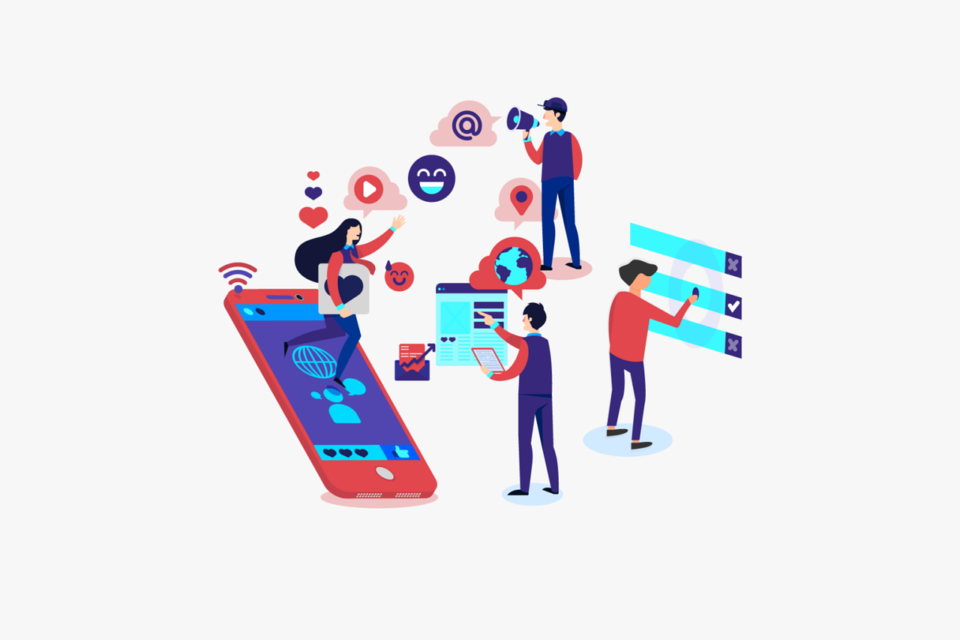In the age of digital marketing, one-size-fits-all approaches are no longer effective. Consumers today expect personalized experiences that cater to their individual needs and preferences.
Personalization in digital marketing has emerged as a powerful strategy to engage customers, build brand loyalty, and drive conversions.
In this article, we will explore the significance of personalization and how it can be leveraged to deliver tailored experiences that resonate with your target audience.
Understanding Your Audience
Effective personalization starts with a deep understanding of your target audience. Conduct thorough market research, analyze customer data, and create buyer personas to gain insights into their demographics, behaviors, interests, and pain points. By understanding your audience at a granular level, you can tailor your marketing efforts to meet their specific needs and provide relevant solutions.
Segmenting Your Audience
Segmentation is a key component of personalization. Divide your audience into distinct segments based on common characteristics, such as demographics, purchase history, preferences, or behavior patterns. This segmentation allows you to create targeted marketing campaigns that resonate with each segment’s unique traits and interests.
Customizing Content and Messaging
Tailor your content and messaging to align with the interests and preferences of each segment. Create personalized product recommendations, email newsletters, social media updates, and website experiences. Use dynamic content that changes based on user behavior or preferences. Personalized content and messaging make your audience feel understood, valued, and more likely to engage with your brand.
Protip: The second step after personalizing the content is to send it to the right people at the right time. Looking up email addresses of the target audience has become just as simple as personalizing the content and messaging. Email finder tools like GetEmail.io helps search authentic email contacts on platforms like Gmail, LinkedIn and Salesforce.
Implementing Behavioral Tracking
Leverage behavioral tracking tools to gather data on how users interact with your website, emails, and other marketing channels. Analyze their browsing behavior, purchase history, and engagement patterns to gain insights into their preferences and intent. This data can inform your personalization strategies, allowing you to deliver relevant content and offers based on their specific actions and interests.
Email Personalization and Automation
Email marketing offers immense opportunities for personalization. Use segmentation and behavioral data to send targeted emails that address specific customer needs and preferences. Personalize subject lines, content, and calls-to-action based on past purchases, browsing history, or abandoned carts. Automate email workflows to trigger personalized messages at different stages of the customer journey, nurturing leads and driving conversions.
Dynamic Website Experiences
Personalize your website experience to provide tailored content and recommendations based on user behavior and preferences. Use data-driven insights to display personalized product recommendations, relevant blog posts, or location-based offers. Implement dynamic pricing based on customer segments or past purchase history. A personalized website experience creates a seamless and engaging journey, increasing the likelihood of conversions.
Chatbots and AI-Powered Assistants
Implement chatbots and AI-powered assistants to deliver personalized customer support and assistance. These tools can analyze user inquiries and provide relevant responses or recommendations in real-time. By understanding user intent and preferences, chatbots can deliver personalized recommendations, product information, or troubleshooting guidance. This personalized support enhances the customer experience and fosters a sense of engagement and loyalty.
Location-Based Personalization
Utilize location data to deliver personalized experiences based on the user’s geographical location. Tailor content, offers, and promotions to align with local events, weather conditions, or regional preferences. Location-based personalization adds relevance and immediacy to your marketing efforts, making your brand more relatable and compelling to users in specific locations.
Testing and Optimization
Continuously test and optimize your personalization efforts to ensure effectiveness and relevance. Conduct A/B testing to compare different personalized variations of content, offers, or website experiences. Analyze the results and iterate based on data-driven insights. Optimization ensures that your personalization strategies are continuously refined and aligned with the evolving needs and preferences of your audience.
Balancing Privacy and Personalization
While personalization is powerful, it’s crucial to respect user privacy and adhere to data protection regulations. Obtain user consent for data collection and clearly communicate how their data will be used. Ensure robust security measures are in place to protect user information. Transparency and trust are key to maintaining a positive relationship with your audience.
Conclusion
Personalization in digital marketing has become an essential strategy for brands to engage customers, build loyalty, and drive conversions.
Embrace the power of personalization to create meaningful connections, foster engagement, and differentiate your brand in the competitive digital landscape.

